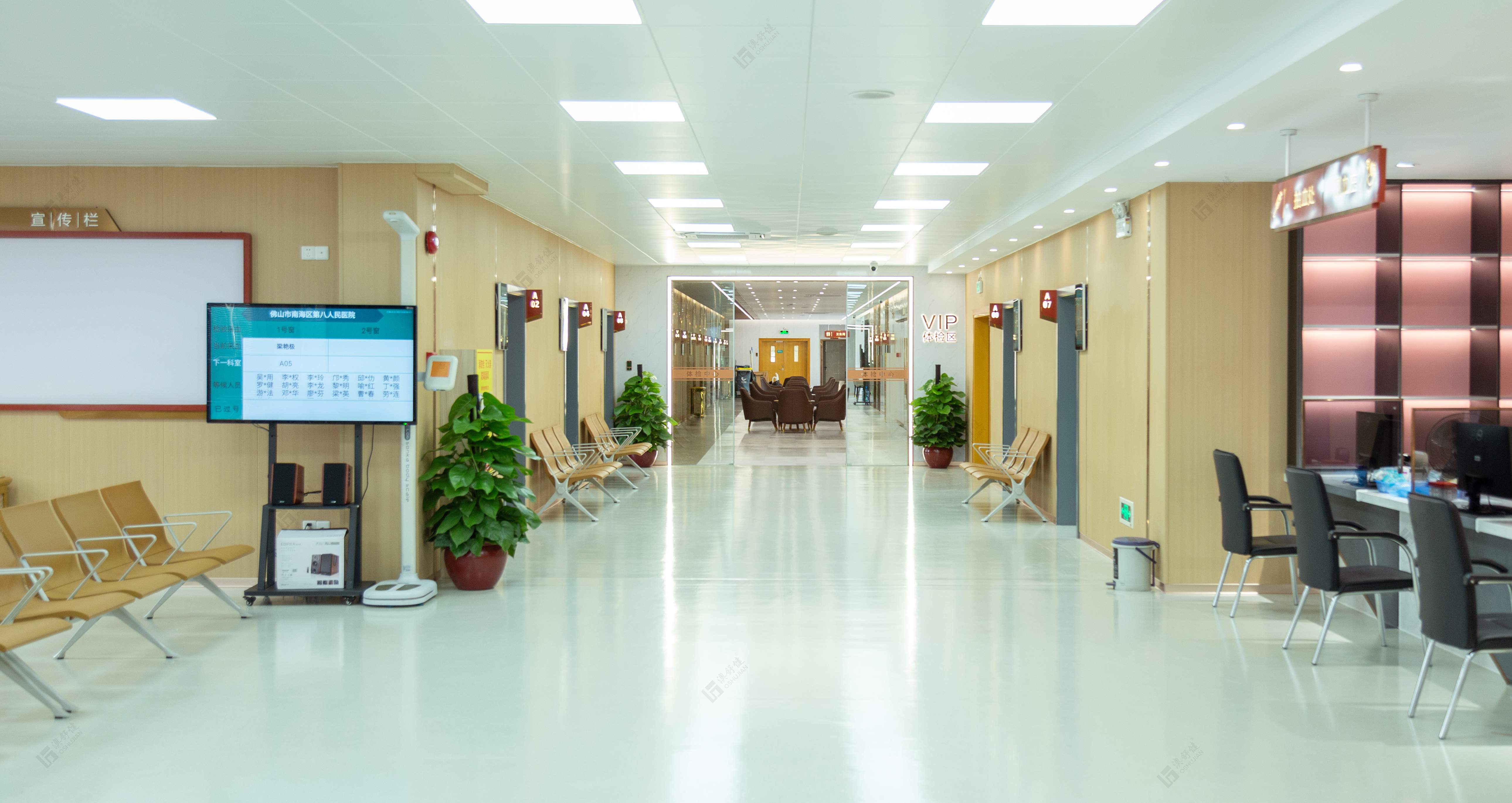With the continuous upgrading of the medical environment, the renovation and upgrading of nurse stations has become the focus of hospital modernization. So, what should the upgrade of modern nurse stations look like?
1. Antibacterial materials: make nurse stations more "clean".
Traditional nurse stations are mostly made of ordinary wood or metal materials, which are easy to breed bacteria and become a potential risk source of hospital infection. The application of new antibacterial materials has fundamentally solved this problem. The countertops using nano-silver ion technology can effectively inhibit the growth of common pathogens such as Escherichia coli and Staphylococcus aureus, with an antibacterial rate of up to 99%. The specially treated antibacterial coating is not only moisture-proof and mildew-proof, but also can continue to play an antibacterial role, building an invisible health barrier for medical staff and patients.

2. Intelligent system: improve management efficiency and nursing quality.
The modern nurse station is not only an information intersection, but also a core part of the hospital's intelligent management system. The intelligent nurse station integrates functions such as electronic medical records (EMR), intelligent call system, and automatic medication management. For example, when a patient presses the bedside call button, the system can automatically record the request and notify the nurse, and provide the best care plan in combination with big data analysis. This not only shortens the nurse's response time, but also greatly improves the efficiency of care.
The popularity of smart nurse stations marks the entry of the medical industry into a new stage of "efficiency + safety". In the future, with the in-depth application of technologies such as artificial intelligence and the Internet of Things, nurse stations will become more intelligent, reducing the burden on medical staff and allowing patients to enjoy more accurate and caring care services.